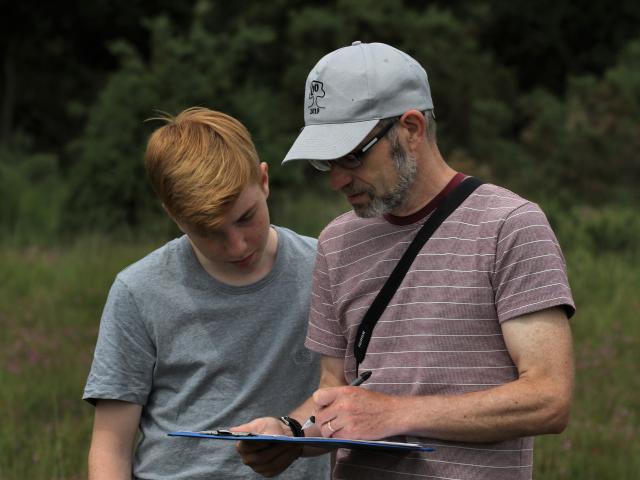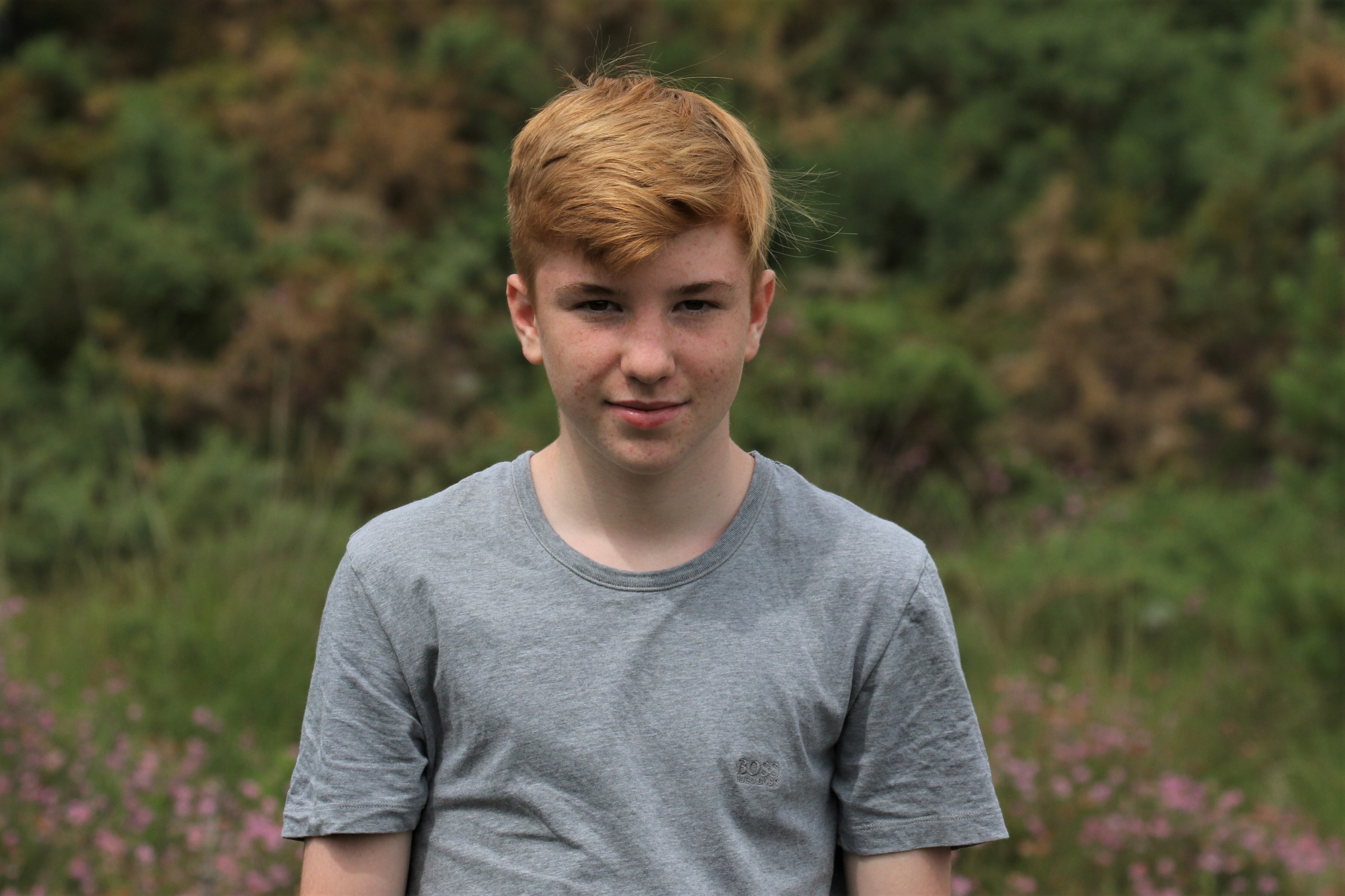In support of the Government's Year of Green Action and our #iwill4nature pledge, Butterfly Conservation is hoping to connect more young people than ever before with wildlife this year, teaching them about butterflies and moths and inspiring them to take part in social action to improve the natural environment. Last summer we hosted a work placement for 15-year old Harry Holyer who tells us what he learnt from his time with us.
Ever since I was a child, I have loved wildlife and watched all the nature shows and documentaries. People like Butterfly Conservation President Sir David Attenborough and Steve Backshall inspired me to become more involved in my environment and I hope to study Zoology in the future. I wanted to do work experience that gave me a better understanding of what it’s like to work with the environment and animals and I was delighted when Butterfly Conservation gave me a great opportunity to do just that at their head office in Dorset.
In this country, we don’t have the big, exotic animals such as lions and leopards, but we have lots of interesting smaller creatures such as ants and of course butterflies and moths – known collectively as Lepidoptera. Thanks to Butterfly Conservation (who also look after moths) I had a chance to study the intricate lives of these small but important animals further and work alongside the experts in their fields.
Butterfly Conservation doesn’t just protect butterflies because they are pretty but because butterflies and moths matter in many other ways. For example, moths are extremely important pollinators and a phrase I heard a lot whilst working at BC was ‘moths are the bees of the night’. I also learnt that butterfly and moth populations are good indicators of climate change as populations moving north suggest it is getting hotter. In a world facing a climate crisis, this sort of information should help persuade any sceptics that global warming is happening and that we need a concerted effort to tackle it.
Moths are often thought of as grey, boring-coloured pests that eat your clothes. I learnt how wrong this is and that, compared to butterflies, moths are far more diverse: there are over 2,500 species in England alone compared to 59 species of butterflies. Species such as the Elephant Hawk-moth, which is bright pink, show that moths can be just as colourful, if not more so, than butterflies. I also found out that there are only two species of moth that eat clothes - and it isn’t even the moths that do this but their larvae. Furthermore, the larvae prefer old, dirty cloth and wool to clean, frequently-used clothes and a good wash means it is highly unlikely you will get any larvae nibbling your garments.
BC has taught me the many misconceptions about moths and that as humans we should learn to appreciate them for their beauty, diversity and the valuable role they play in the ecosystem.
The staff at BC were very welcoming and knowledgeable and I was lucky to work with PhD students and graduates who were the absolute experts in their topics. They were really positive and happy to share their knowledge, giving me tasks that made me feel part of the team, both in the field and the office. This fantastic experience has set me up for a career in conservation and has helped me understand the intricate relationships which life on earth entails and the cogs that keep each other turning, no matter how small.
The knowledge that these gifted people have shared with me has inspired me to observe the bigger picture and the importance of all forms of life, regardless of size. The BC staff were always looking for ways to help me and created a work schedule for me that will be beneficial in future – this included learning how to monitor a transect and use GIS mapping software. The staff put a lot of thought into making the most of my placement which resulted in an amazing experience that will help me pursue my future aspirations - I will look back at my time at BC with fondness.
My work with BC has made me feel like I have helped to make an impact. Within my two week schedule, I contributed to the Moth Atlas, did work on road verges and overall made Dorset a better place for butterflies and moths, as well working with scientists to make significant contributions towards the understanding of Lepidoptera.
Now I believe we can all make a difference, no matter how small: even just planting a single food plant for a specific species can help. That food plant may grow and spread its seeds until eventually there is an abundance of it created from that one plant that can support thriving colonies of a species.

I really enjoyed my short time at BC and it also made me think that if I felt I could have an impact in such a short time, then the work and impact the employees at BC have must be immense. I would like to thank them all for just caring about this group of insects. Without the people looking out for these amazing creatures we may not have butterflies and moths in the future and would lose the colour of their beautiful wings and the flowers they pollinate.
Many thanks to everyone at Butterfly Conservation for making me feel so welcome and sharing their knowledge in such interesting ways.
Harry Holyer


